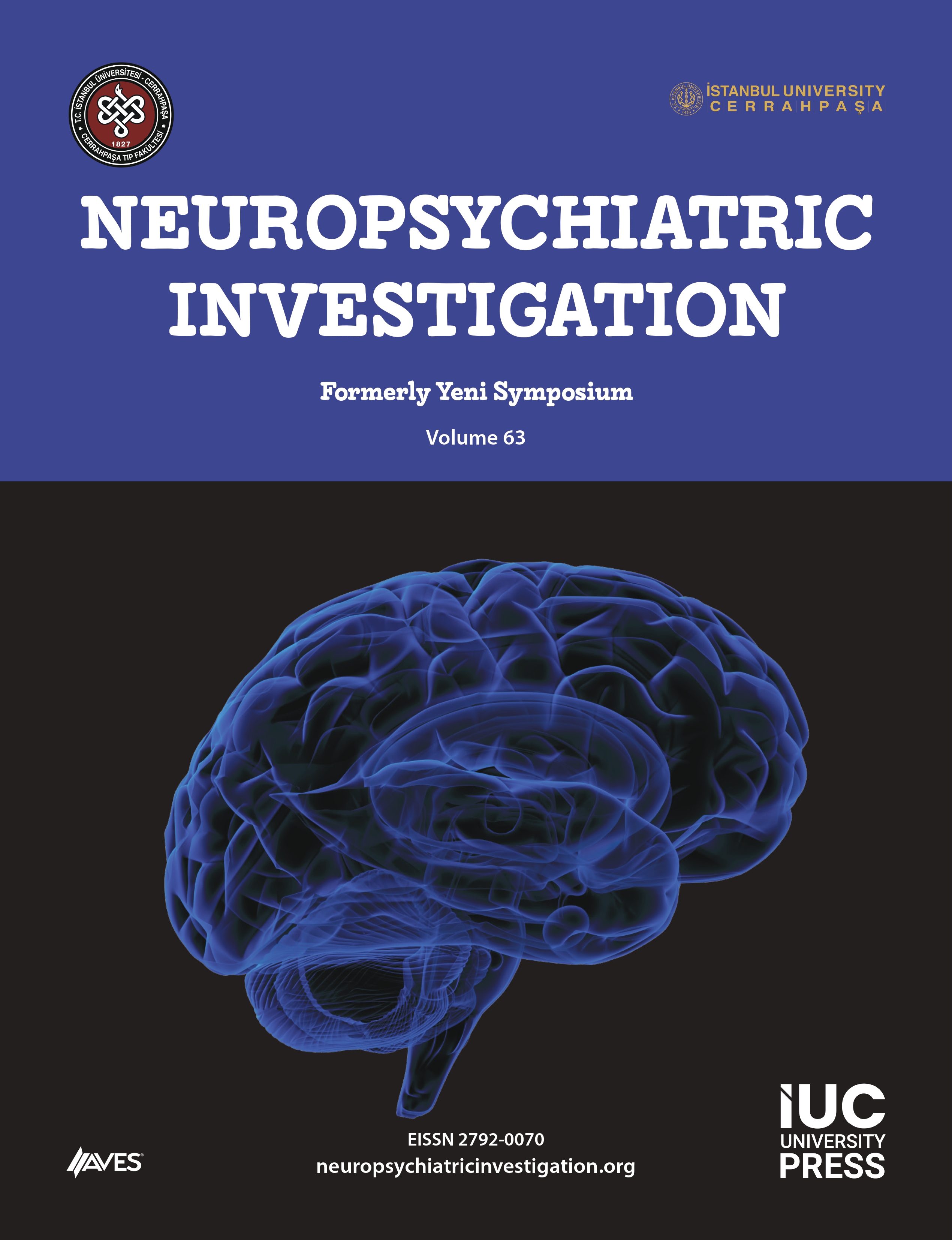Objective: The increasing use of social media every day can change the behavior of inpiduals and create many negative effects on health. In order to develop and implement the intervention studies, it is very important to determine the relationship between the behaviors related to the use of social media. The aim of this study is to evaluate the effects of social media and obsessive selfie behavior of Ankara Yildirim Beyazit University (AYBU) students and to investigate the variables that affect these addictions and to investigate the differences between these two types of behavior.
Methods: The population of this research consists of students who are studying at in AYBU located in Ankara. The sample consisted of 503 university students selected by stratified sampling method. Sociodemographic data form, Selfitis Behavior Scale (SBS) and Social Media Dependence Scale (SMDS-SF) were used to collect data.
Results: While the mean score of the study group from the SBS was 51.36 ± 15.43 (width, 20-97), the mean score obtained from the social media scale was found to be 57.94 ± 12.64 (width, 24-94). Students reported an average of 4.76 ± 2.63 (width, 1-12) hours per day on the internet. While the study group performed an average of 3.25 ± 22.85 (width, 0-480) selfie a day, the mean published selfie was 0.32 ± 3.82 (width, 0-84). There was a significant relationship between SBS and reading department and age; the study findings revealed that there was a statistically insignificant mean difference in obsessed selfie scores between gender, physician-diagnosed disease and health perception. As the daily time spent on the Internet, the number of selfies published daily and the number of selfies published daily increased, the scores of students on SBS and social media addiction scales increased.
Conclusion: Overall, the study findings revealed that the obsessive selfie addiction behaviors and social media addiction behaviors high level among Turkish university students. As the frequency of controlling social media applications increases, the scores they receive from social media addiction scale and obsessive selfie behavior scale increase, the number of daily selfie and publishing increases.




.png)